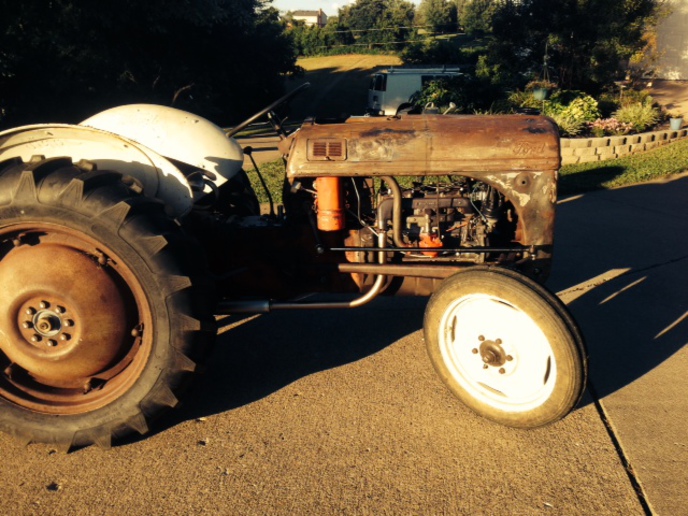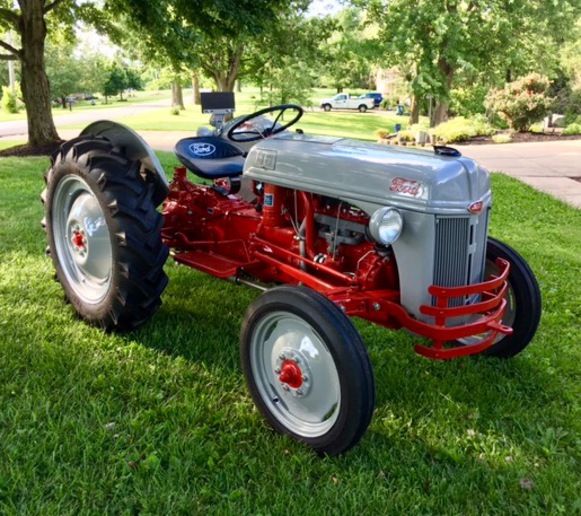Lake County Tractor
Member
I'm restoring my first tractor a 52 Ford 8N my uncle gave me from Georgia. Looking for any info on where to start and what do do. I have started by stripping it down changing fluids new distributor new carb new starter solenoid and so on. I'm cleaning up the wiring. I think it's a good idea to get it all up and running before going to paint. Any suggestions on this project would be appreciated.
Also I put a new radiator on what coolant should I use I've read just a premixed 50/50 antifreeze is okay? Any thoughts on what fluids are best for an 8N would help too. I put sae 30 oil in but may change to Sae 20 since it gets cold here. I'm in Illinois.
Also I put a new radiator on what coolant should I use I've read just a premixed 50/50 antifreeze is okay? Any thoughts on what fluids are best for an 8N would help too. I put sae 30 oil in but may change to Sae 20 since it gets cold here. I'm in Illinois.



